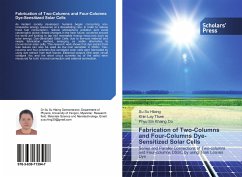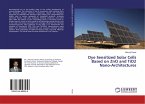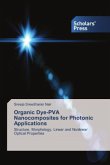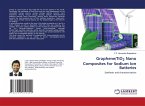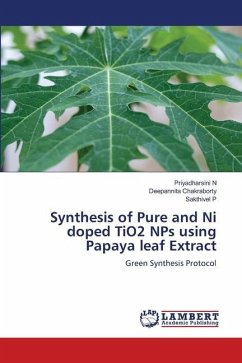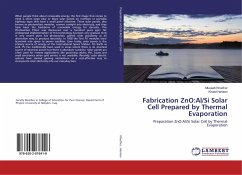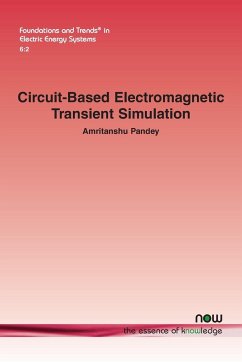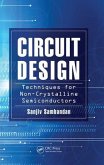As modern society developed, humans began consuming non-renewable energy resources at a devastating rate. In order to reduce fossil fuel consumption, reduce atmospheric pollution and avoid catastrophic global climate changes in the near future, countries around the world are looking to tap into renewable energy resources such as solar energy. Dye-Sensitized Solar Cells, due to low-cost material and simple fabrication method, emerging as viable alternative to conventional solar cells. This research work shows that dye extract from teak leaves can also be used as low cost sensitizer in DSSC. Two-columns and four-columns dye-sensitized solar cells were fabricated by using dye extract from teak leaves. Electrical outputs (the open circuit voltages Voc and the short circuit currents Isc of the cells) were measured for both internal connection and external connection.
Bitte wählen Sie Ihr Anliegen aus.
Rechnungen
Retourenschein anfordern
Bestellstatus
Storno

